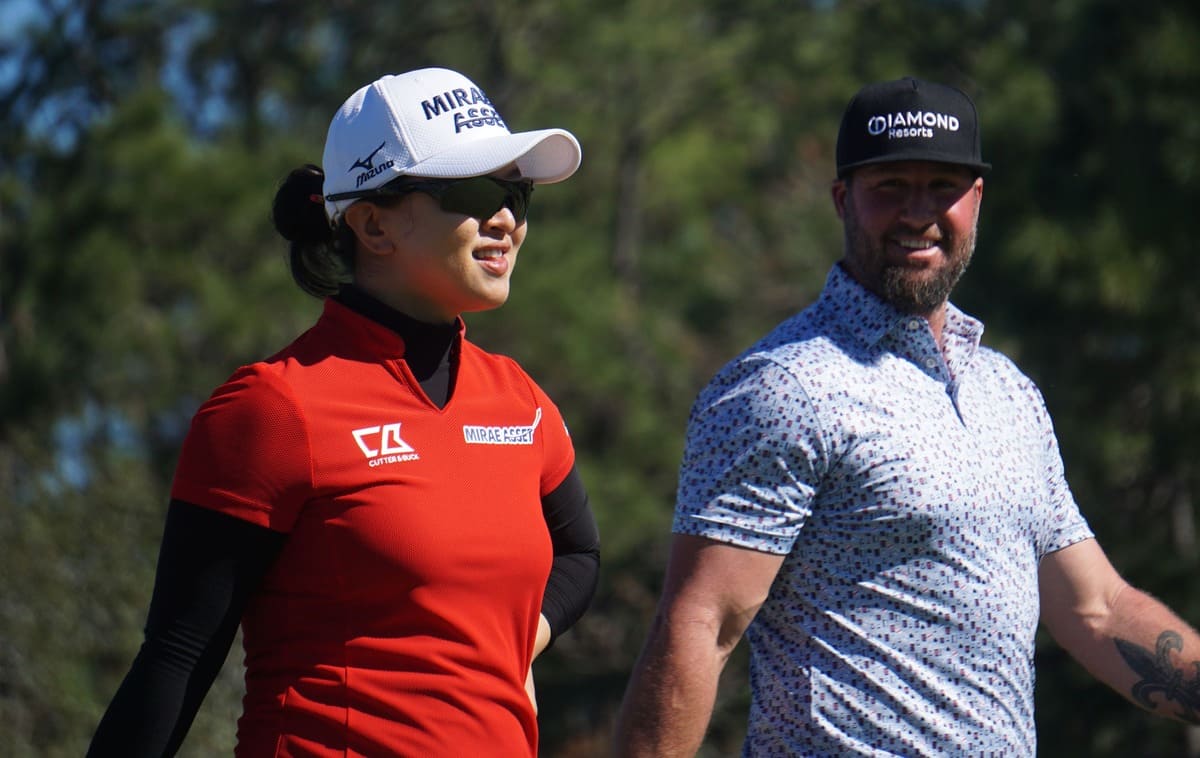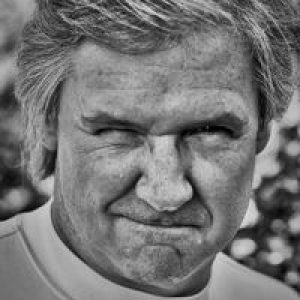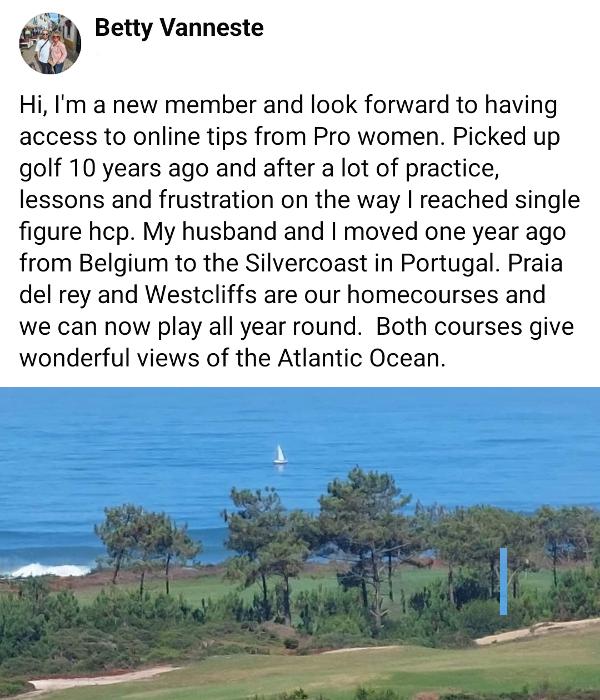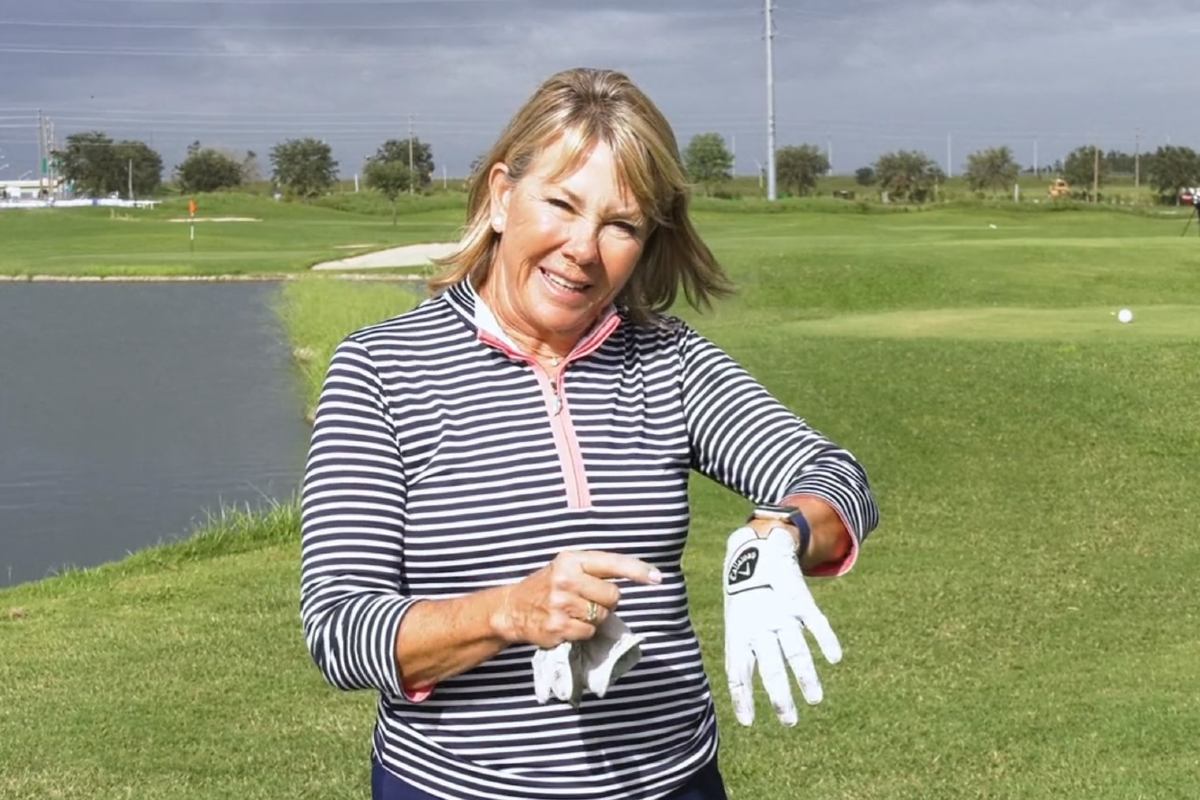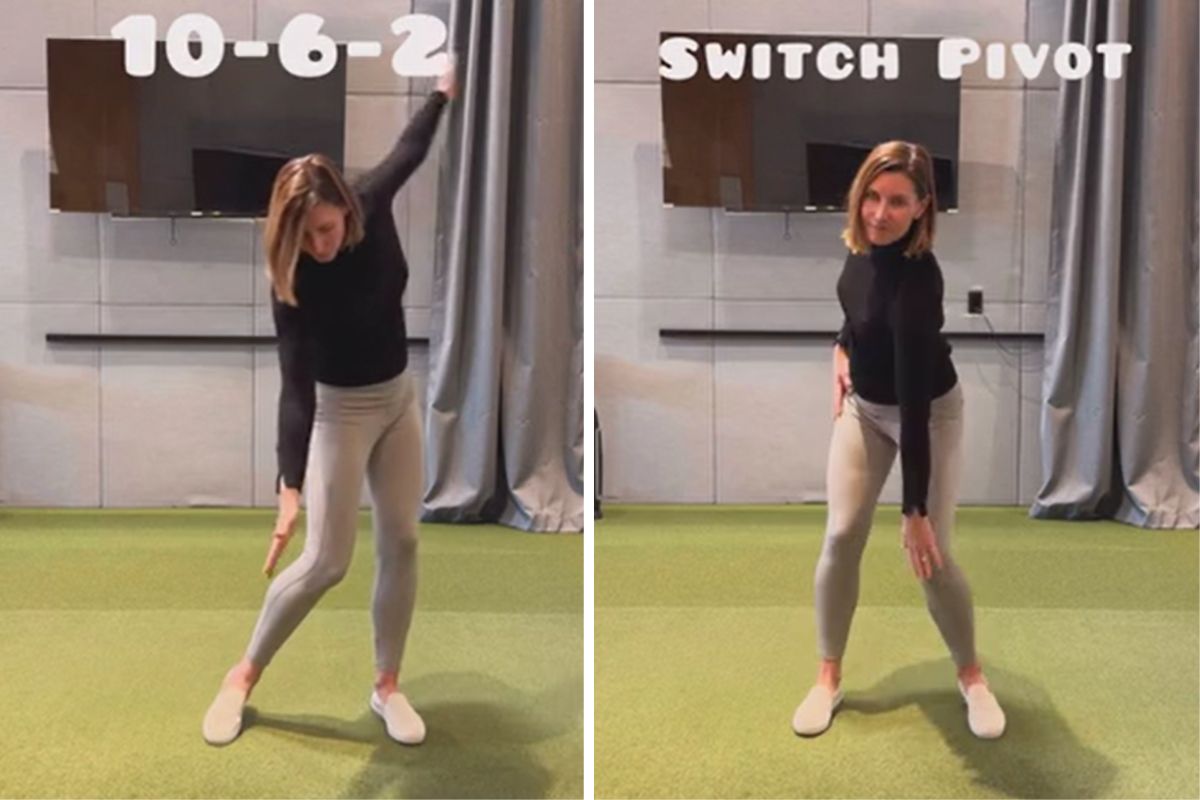They walk a fine line most Westerners do not understand. Nor do most golf fans in Europe or America take the time to appreciate the dilemma facing Korean players when they come out onto the LPGA Tour. It’s more than where to live or what tournaments to play or how to get around when their English is circumspect. It’s a question of what culture to embrace, and what consequences that choice might bring them.
As narrow-minded as it is, when you catch many average golf fans in an honest moment, they will say things like, “Those Asian players just aren’t very exciting,” or “They don’t show any emotion or do anything to separate themselves,” or, the best and most borderline-racist one, “Their names are unpronounceable and it’s hard to tell them apart.” Even in 2019, you don’t have to travel far in cyberspace to find some stuff that would make Bull Connor blush.
What those people don’t realize is that in most Asian cultures, but particularly Korea, showing emotion – celebrating victories or accomplishments, separating yourself through word or deed – is not only frowned upon, it is viewed as a national embarrassment. Throughout Korean history – a history filled with bloodshed and suffering for a people trapped geographically between two historically brutal imperial powers in China and Japan – it has not only been just polite to remain reserved, it’s been a matter of survival. Celebrating a victory is seen as an insult to the loser – sort of an “in-your-face” spiking of the ball. Saving face is an enormous thing in all Eastern cultures. When your country is shaped like a dagger pointed at the heart of Japan with the palm of China hovering just above, being cognizant of those around you is heightened. It’s always been better in the minds of Koreans to remain demure, to win with quiet grace and to never shine too much light on oneself. A fist-pump is fine. A tear, maybe two, after a win is acceptable. But if you’re a Korean golfer, too much gregariousness will leave you in poor stead with your compatriots.
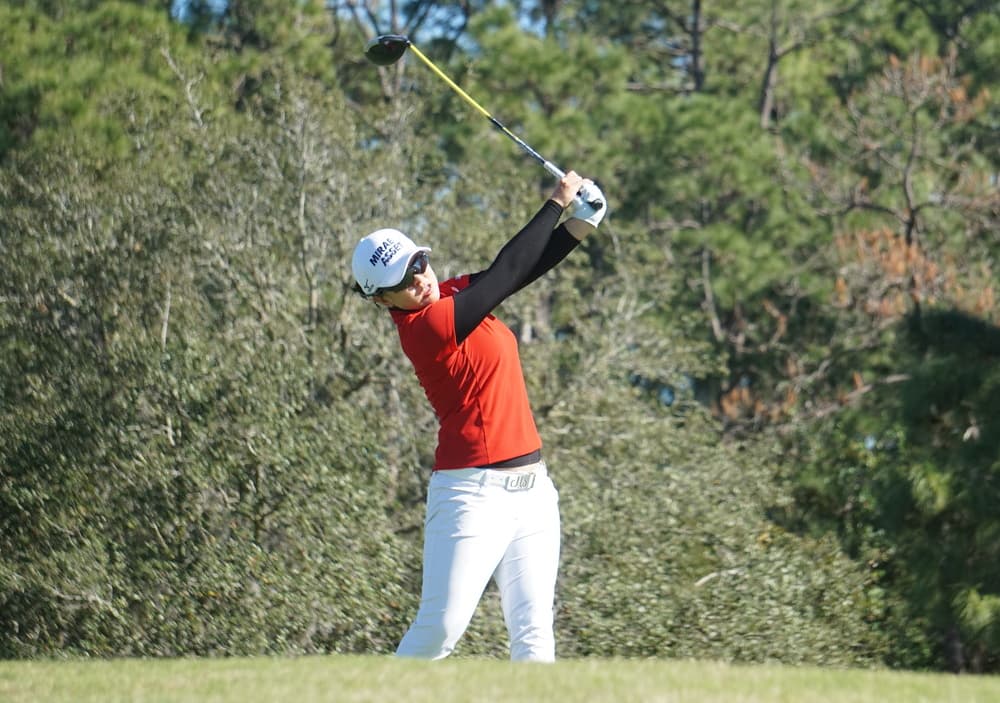
“It’s a balance,” said past Women’s British Open champion Karen Stupples this week at the LPGA season opener, the Diamond Resorts Tournament of Champions. “You see it when you go over (to Korea). The players who are most popular in America are not at all the most popular in their home countries, even though they’re great players. And the players who are seen as nice and not very exciting over here are rock stars in Korea.”
Which brings us to Sei Young Kim, the 2015 LPGA Rookie of the Year and a seven-time winner on the LPGA Tour. At the Diamond Resorts Tournament of Champions, the amateur teams in Wednesday’s pro-am got to choose their partners from the list of pros and celebrities in a “draft” format. Numbers were drawn from a hat, and “with the first pick in the 2019 draft, team No. 1 selects …” In this case, the first team selected country music star, Toby Keith. Lexi Thompson went second. But early in the process, Kim went to a group of excited guys. She was the first and one of only two Koreans drafted. In Gee Chun, a player so popular in Korea that she needs Tiger Woods-level security to get her from the putting green to the first tee wasn’t chosen. Neither were Amy Yang or Mirim Lee or Eun-Hee Ji, fine players all. But given their choice, the amateurs who ponied up to play on Wednesday chose Kim.
Kim has decided she will embrace the West. If her Korean fans have a problem with that, so be it.
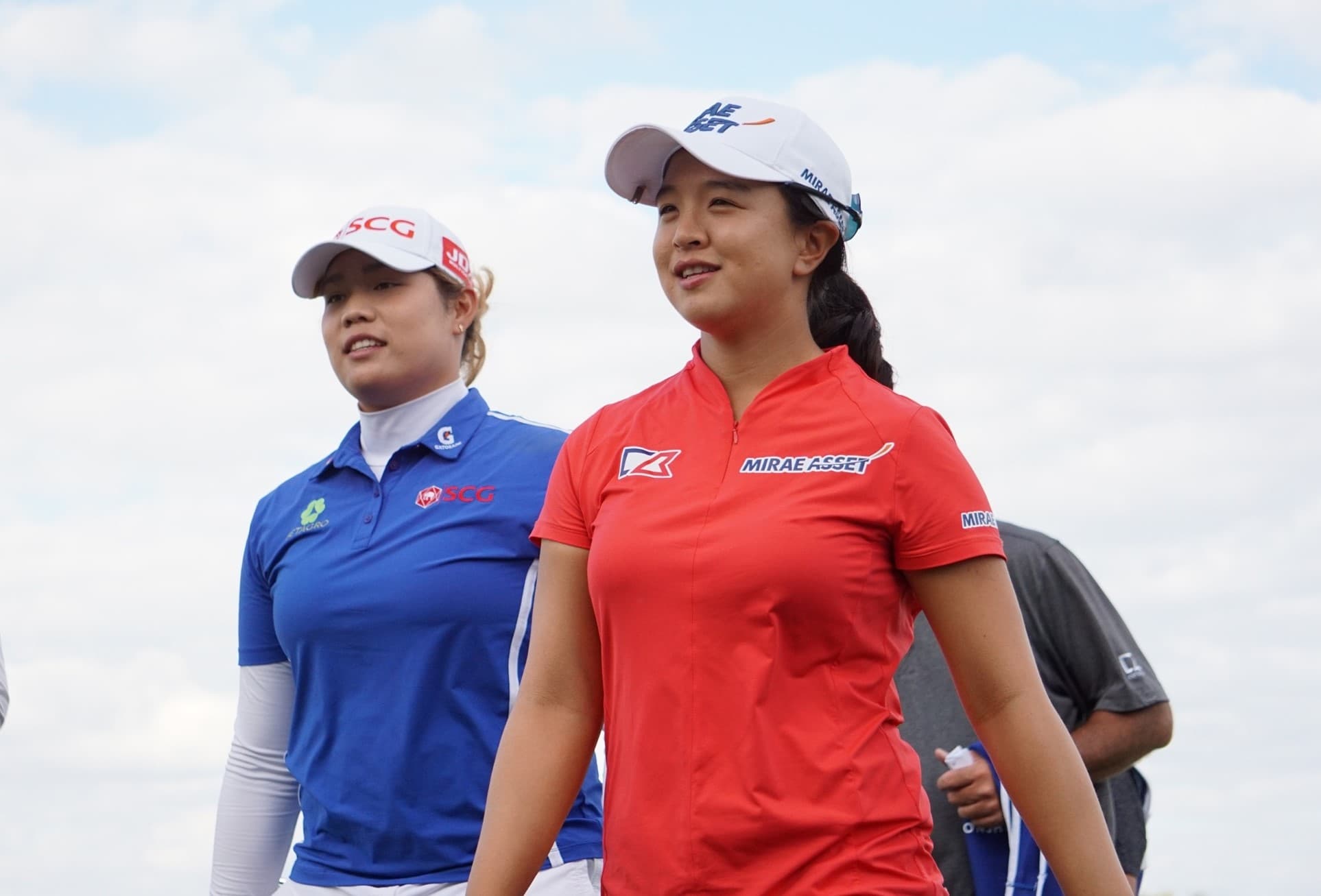
They did so for a couple of reasons. She’s a long, aggressive player who makes a ton of birdies. You don’t shoot an LPGA record 31-under par last year at Thornberry Creek by accident. But Kim is also one of the most emotionally engaging Korean players on tour, someone who could barely say “hello” in English in her rookie year but who now tells jokes and carries on lengthy, thoughtful conversations. Sure, the English is still broken, and the syntax might never be great but other than that, Kim is as Americanized as any player in the game. That was a conscious choice, one she understood would have consequences.
“Before I decided to come here, I knew I wanted to learn about another culture, about other people,” Kim said before teeing off in Wednesday’s pro-am. “And I wanted to learn everything I could about the LPGA Tour.
“Sure, in the beginning, everything was a surprise. But it was a great experience. I’m not a shy person. I’m pretty outgoing. From the beginning, there were people here to help me with conversations. I know my English is not perfect. But by continuing to speak, to try, I’ve gotten better.”
“When she sets her mind to do something, whether it is golf, learning English, whatever it is, she has such a focus and drive that she will not stop until she is successful,” fellow Korean player So Yeon Ryu said of Kim. “This is her fifth season on tour and early on she made the decision to say, ‘You know what, to survive and thrive in this world, it’s better to be more Westernized.’ I’m not saying the Korean mindset is stubborn but if she had decided to remain solely Korean, not to embrace these new things and new ideas and a new language, I think she knew that she would struggle.”
Ryu has known Kim since they were girls in the amateur ranks in Korea. They played one year together on the Korean national team. “She was always outgoing and funny,” Ryu said. “But when she was practicing or involved in her golf, she was almost unapproachable. She focuses so hard and gets into her own zone so much that it was hard to get close to her. That’s her drive. When she decides on something, she is in it all the way.”
Kim has decided that she will embrace the West. If her Korean fans have a problem with that, so be it. She is one of the most popular pro-am partners on tour. And other pros look forward to drawing her in their pairings.
Her nickname among the media is “Sure.” Because no matter what you ask of her, the answer is just that.
Her golf game isn’t bad, either. Kim was introduced to the golf world when she holed out for eagle from the fairway at the 2015 Lotte Championship to beat Inbee Park in a playoff. That came after a chip-in birdie at the final hole to get into the playoff. It might have been Kim’s second career LPGA victory (she won the season opener that year in the Bahamas) but the emotion she showed in Hawaii, the giant smile and high-fives, burst her onto the scene.
Later that year, at the inaugural KPMG Women’s PGA Championship, Golf Channel’s Brandel Chamblee, who doesn’t cover much women’s golf, trolled the practice range with his camera looking for golf swings that he could talk about on air. Back in the media center, Chamblee showed a video around the room and said, “I don’t know who this person is, but this is the most powerful golf swing out there.” It was Kim’s.
“She’s always had the game,” Stupples said. “The decision to be more Western, I believe, is because that’s her. That’s her natural personality. Sure, it helps sponsors and she’s had to decide that showing more emotion is good for her regardless of what it means back home. But, at the end of the day, to be a great player, you have to be yourself.”
When that came up, Kim was nodding before the question was complete. “Yeah, most other Korean players are shy because part of the Korean culture is not showing emotion,” she said. “Most Koreans think they need to approach things cerebrally, to be stoic. But I’ve always tried to embrace who I am. I think to be your best at anything, you have to be who you are.”
And if there are two things Kim is determined to be, it’s herself and the absolute best.
Steve Eubanks
This Steve Eubanks article is reproduced with the permission of the Global Golf Post, the world’s first designed-for-digital weekly golf magazine. Subscribe for free at globalgolfpost.com.
Sei Young Kim and former Los Angeles Dodger, Eric Gagne at the 2019 LPGA Tournament of Champions | Photo by Ben Harpring

